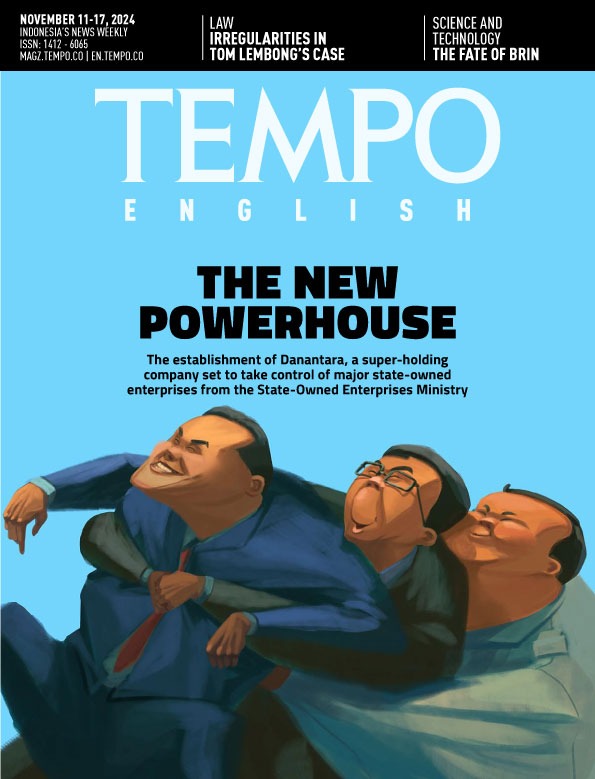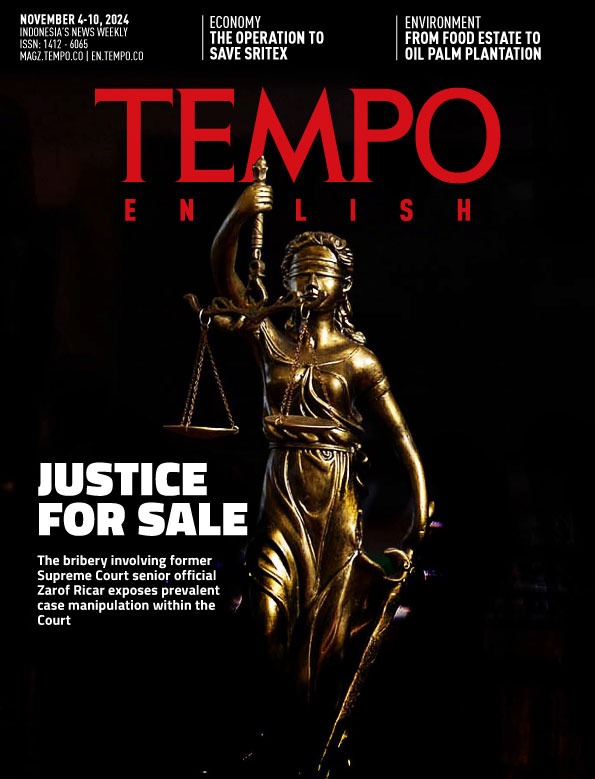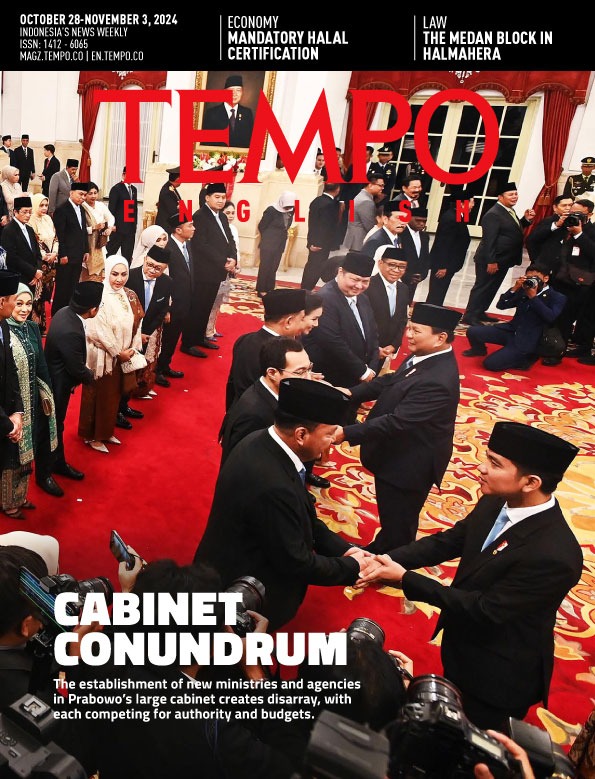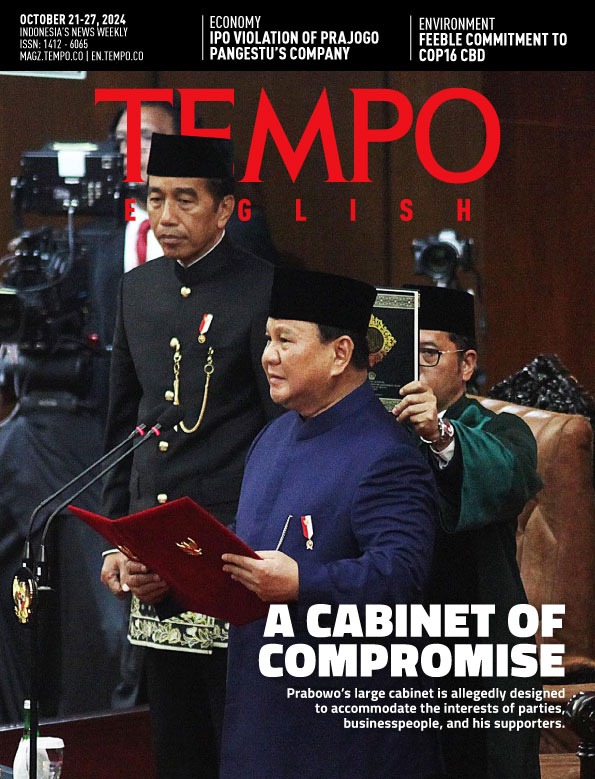New Face for an Old Plan
Monday, June 29, 2020
arsip tempo : 173180326797.
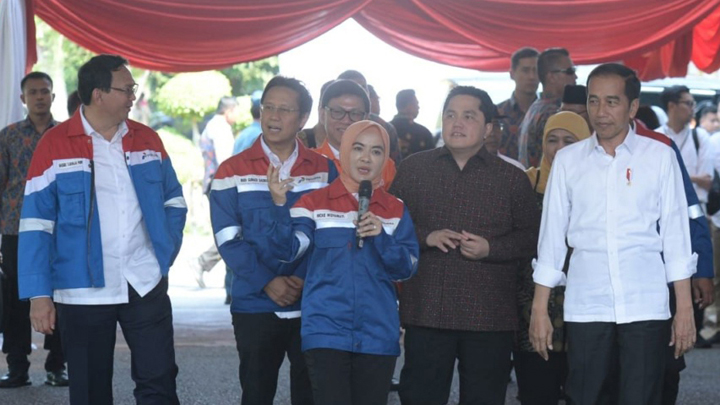
A closed meeting of the House of Representatives’ (DPR) Commission VI on Monday, June 22, was marked by a flurry of questions for their guest that morning, State-Owned Enterprises (SOEs) Minister Erick Thohir. During deliberations on the plan to add participating state capital in some SOEs, some DPR members, in particular from the Indonesian Democratic Party of Struggle (PDI-P) Faction, asked him to provide the road map on forming holding a
...
Subscribe to continue reading.
We craft news with stories.
 For the benefits of subscribing to Digital Tempo, See More
For the benefits of subscribing to Digital Tempo, See More





